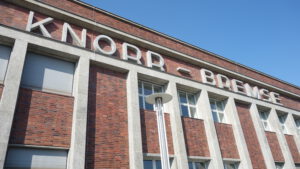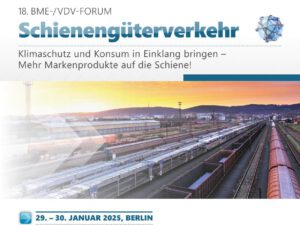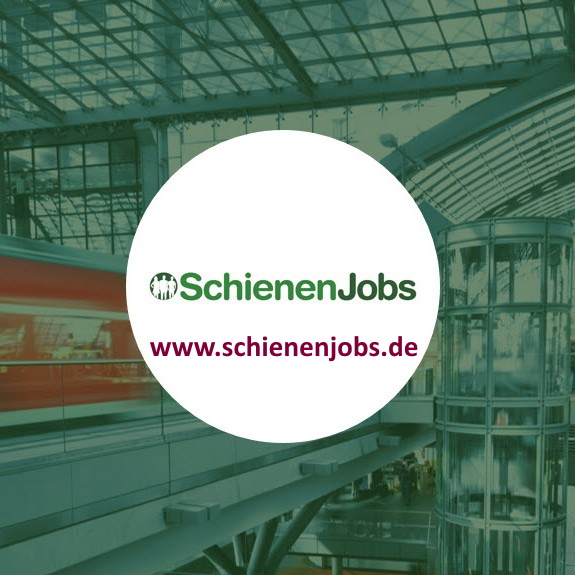At the 15th VDV-BME-Forum rail freight transport, the VDV Vice President and CEO of Bentheimer Eisenbahn AG Joachim Berends outlined the tasks that lie ahead for the freight transport and logistics industry in the coming period.
A video report can be found on our video platform, link: https://youtu.be/VNp9FnVPE-w
Berends spoke out in favour of stimulating single-wagon transport and planning security for train-path prices, which should not be based on full costs in the long term. “We are world champions of standardization in Germany!” said Berends humorously. The introduction of technical innovations such as the digital automatic coupling DAK should succeed quickly.
A study by the Association of German Transport Companies VDV, which was prepared last year with Roland Berger, points the way to the increase: “There is a list of the costs related to the measures and also a derivation of the financing requirements. We have also allocated the costs to the actors in this area.” The goal of increasing the share of rail freight in the modal split to 25 percent requires 69 billion euros. The state falls to 38 billion euros, of which 21 billion euros have been set in the budget up to 2030. According to Berends, capital from outside the transport industry should also be committed in the amount of at least 1.4 billion euros: “There is still a lot more room for improvement here.”
The statements of the parliamentary state secretary in the Federal Ministry for Digital Affairs and Transport (BMDV) Michael Theurer were positively received. Theurer, who is also the federal government’s rail commissioner, assured that many of the points from the VDV program corresponded to the ideas of the ministry and should be further developed and implemented with the ministry.
Theurer explicitly spoke of bottlenecks and capacity limits on Germany’s railway tracks: “The situation is between passenger and freight traffic, there are waiting times, and therefore, from our point of view, eliminating bottlenecks is one of the priorities. You can say that out of 5,000 kilometers of main lines, about a thousand kilometers cause problems, and we will therefore also talk to those responsible in the departments about how these can be eliminated.”
In the debate with the rail commissioner, the participants agreed that the digitisation of rail and freight transport was an important priority. However, the interfaces between the actors would have to be harmonised. For example, Deutsche Bahn works with SAP software solutions, but many industrial companies, i.e. the customers, do not. And even at DB Netz, digitisation is apparently not optimally adjusted – at least in the last six months, the creation of timetables often took several hours, so that freight trains had to be taken out of service until it was clear how they could continue.
The head of site logistics at BASF Ludwigshafen, Dr. Thorsten Bieker emphasised that significantly better punctuality and reliability are required to use rail transport. CPO Jan Grothe from Deutsche Bahn agreed with the BASF representative: “We have a punctuality of 50 percent in the freight transport sector, we have to get into the 90s.”
Overall, the equipment and number of sidings and multifunctional access points must be increased, it said with reference to the siding charter, which has now been signed by 44 associations. Ercan Lawrenz from DB Cargo, Andreas Marquart from Erbacher the food family, and Christian Stavermann, Managing Director of the railway company Ostfriesland/Oldenburg, spoke about sustainable logistics solutions. Stephan Bull, the BMDV head of department for the master plan for rail freight transport and sidings funding, presented tests of innovations in rail freight. Managing Director Carsten Schiering gave a lecture on hybrid block train solutions, and Melanie Abels from KfW-Ipex-Bank discussed financing prospects up to 2030.
The presentations by Sebastian Will, Vice President of the Federal Association for Secondary Materials and Disposal, and Jes-Christian Hansen, Managing Director of the animal feed company HaBeMa, were encouraging. Both noted that their companies had integrated rail freight transport into the logistics model almost perfectly. However, an economically attractive and organizationally well-clocked rail freight transport does not come by itself, its development requires active commitment. Hansen: “Everyone has to really want the business.”
Hermann Schmidtendorf, Editor-in-Chief









